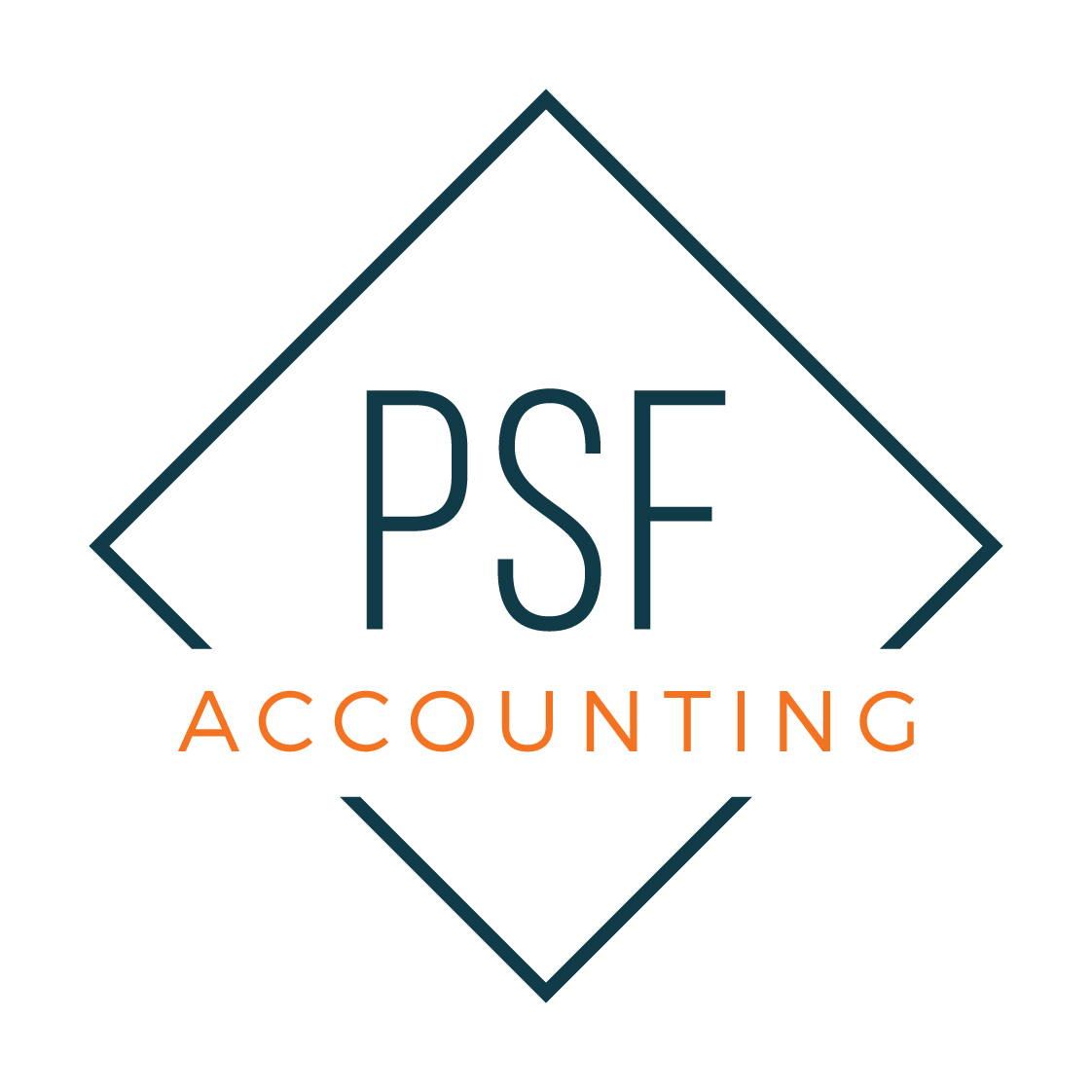VAT Basics
The HMRC website outlines all the important details on VAT basics. We have summarised a few main points to know if you are a VAT registered business, or if you just want to brush up on your VAT knowledge, to try and answer a lot of frequently asked questions that people have. There will be more blogs regarding various FAQs about VAT in the future so here are just some basics.
VAT-registered businesses:
• must charge VAT on their goods or services
• may reclaim any VAT they’ve paid on business-related goods or services
If you’re a VAT-registered business you must report to HMRC the amount of VAT you’ve charged and the amount of VAT you’ve paid. This is done through your VAT Return which is usually due every 3 months.
You must account for VAT on the full value even if you:
• receive goods or services instead of money (for example in part-exchange)
• haven’t charged any VAT to the customer (whatever price you charge is treated as including VAT)
If you’ve charged more VAT than you’ve paid, you have to pay the difference to HMRC. However, if you’ve paid more VAT than you’ve charged, you can reclaim the difference from HMRC.
What to do when charging VAT:
• charge the right rate of VAT
• show the VAT information on your invoice
• show the transaction in your VAT account – a summary of your VAT
• show the amount on your VAT Return
VAT rates:
There are 3 different rates of VAT and you must make sure you charge the right amount.
No VAT is charged on goods or services that are:
• exempt from VAT
• outside the scope of the UK VAT system
1) Standard rate
• Most goods and services are standard rate. You should charge this rate unless the goods or services are classed as reduced or zero-rated. This includes:
• any goods below the distance selling threshold you supply to non-VAT registered EU customers – if you go over the threshold you’ll have to register for VAT in that country
• most services you supply to an EU non-business customer
2) Reduced rate
• When you charge this rate can depend on what the item is as well as the circumstances of the sale, for example:
• children’s car seats and domestic fuel or power are always charged at 5%
• mobility aids for older people are only charged at 5% if they’re for someone over 60 and the goods are installed in their home
3) Zero rate
• Still VAT-taxable but the rate of VAT you must charge your customers is 0%. You still have to record them in your VAT accounts and report them on your VAT Return. Examples include:
• books and newspapers
• children’s clothes and shoes
• motorcycle helmets
If you sent goods to the EU, you’ll need their VAT number and paperwork proving that the goods have been sent within certain time limits (usually 3 months). Goods exported outside the EU or sent to someone registered in another EU country are zero-rated.

